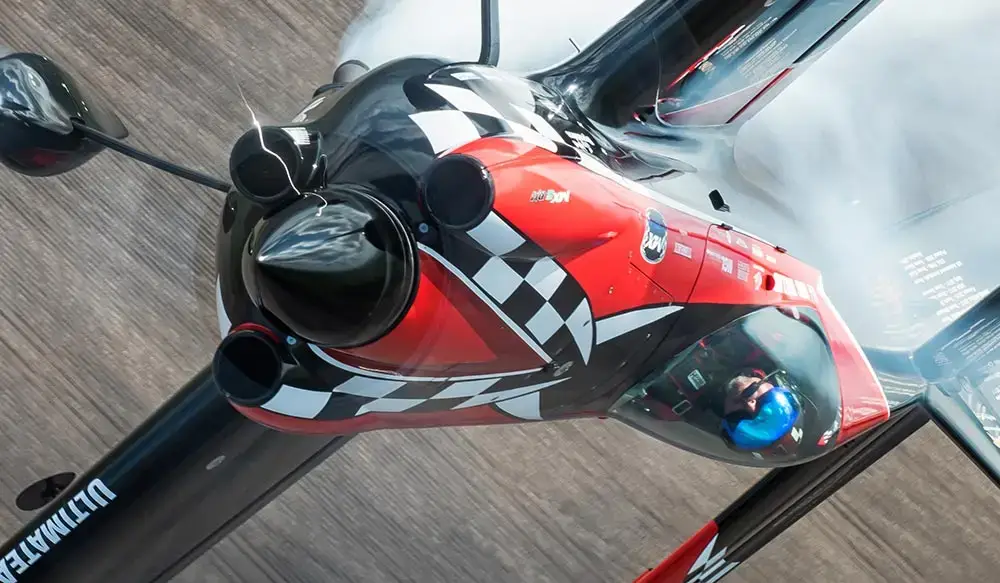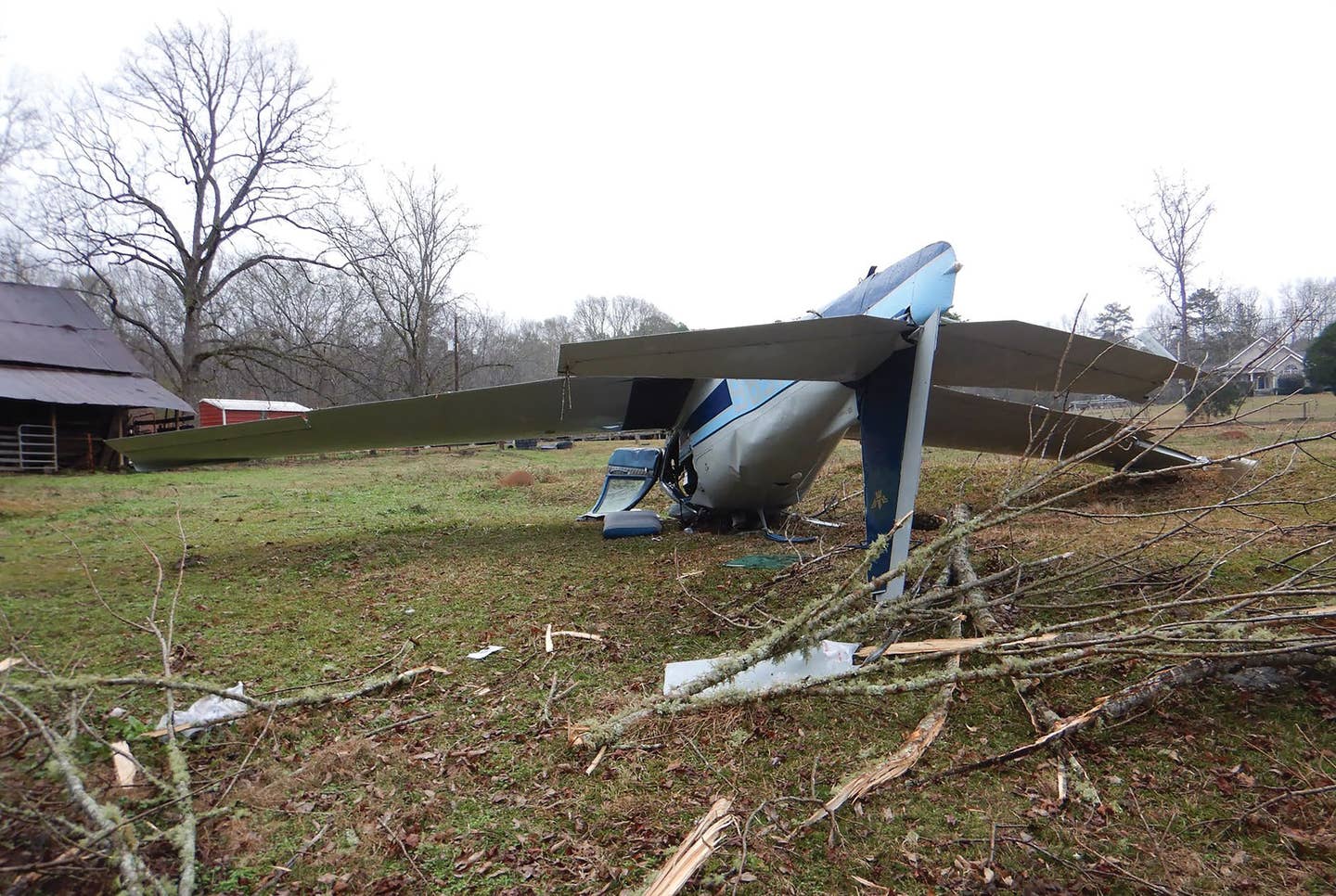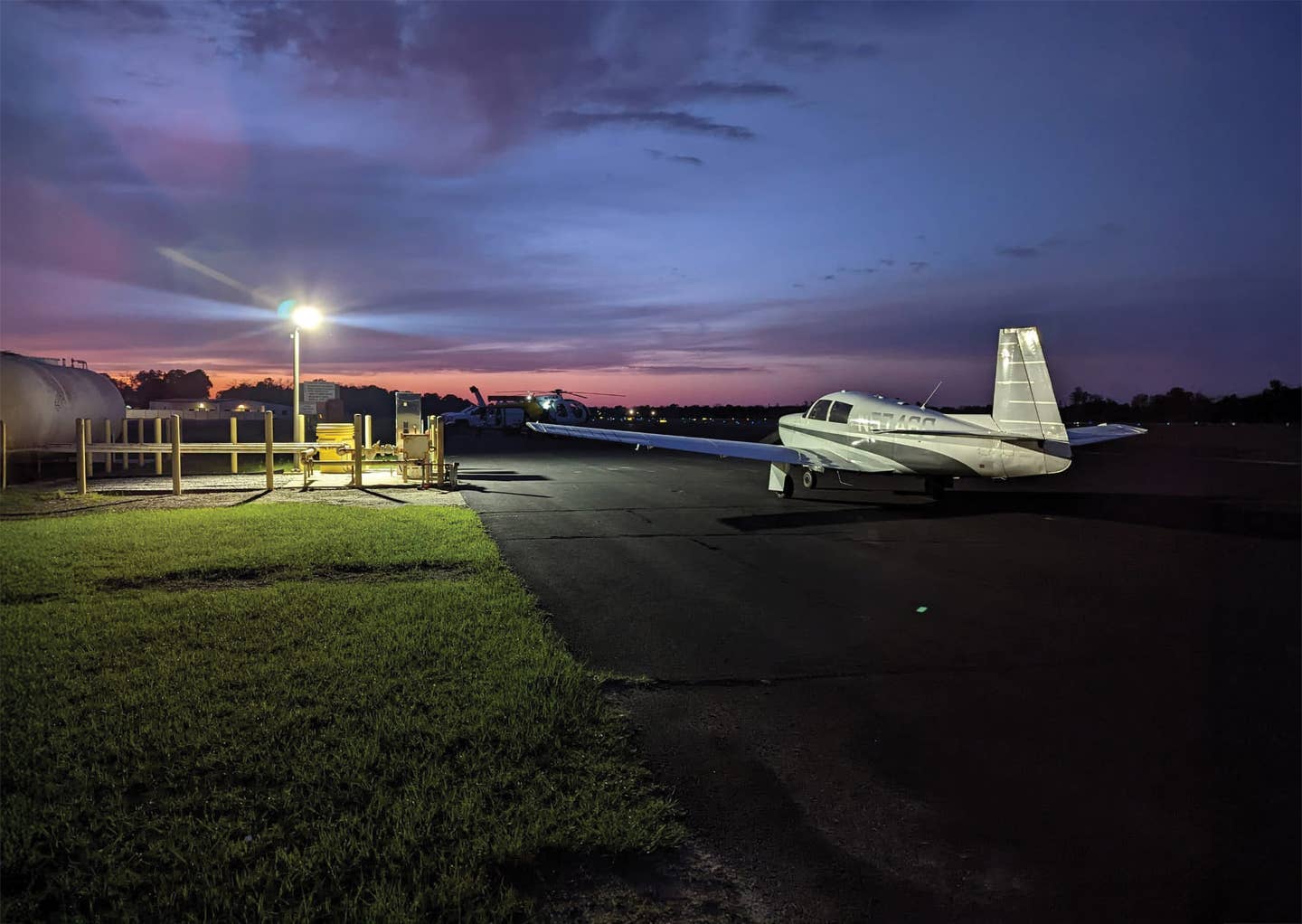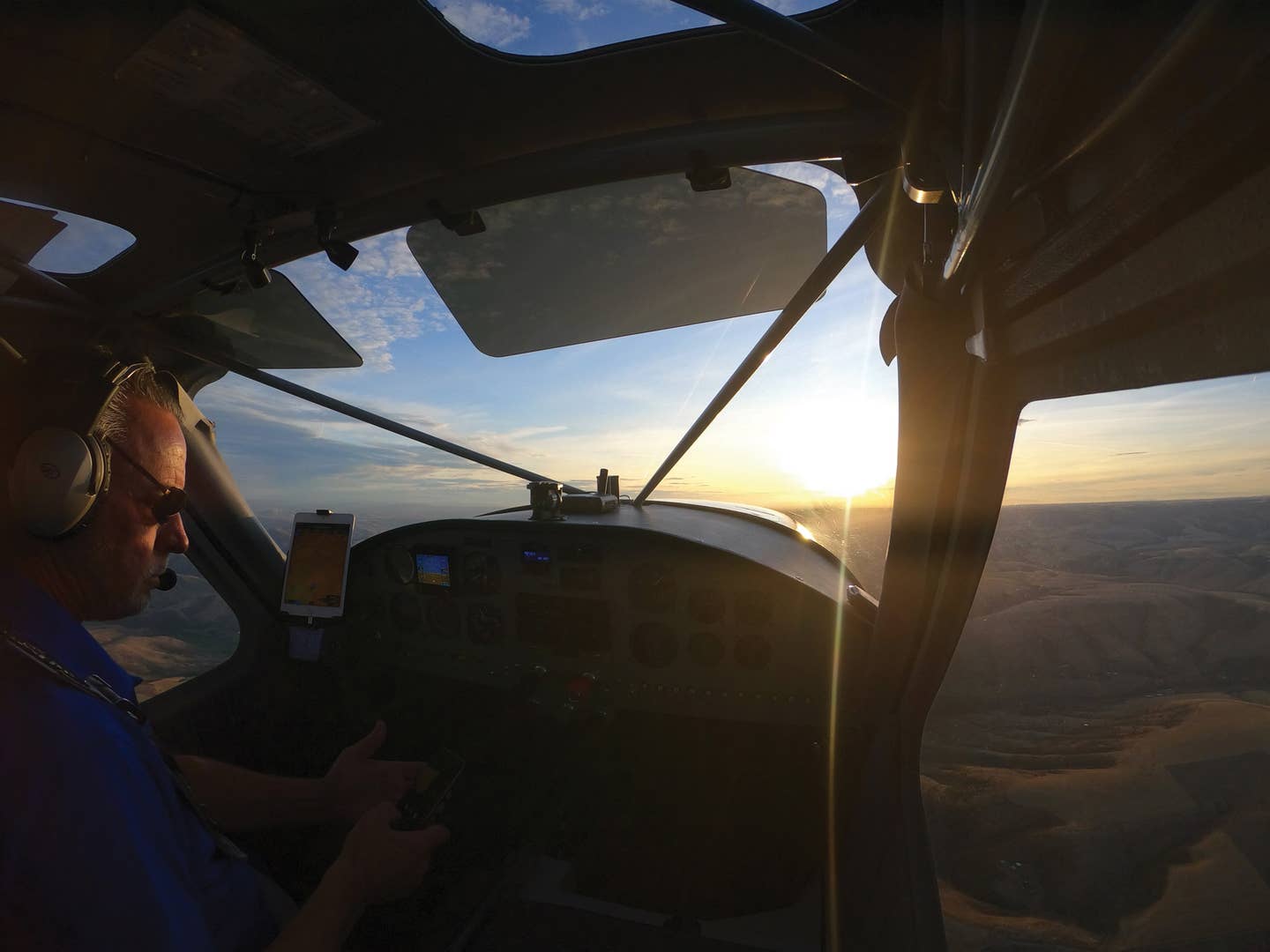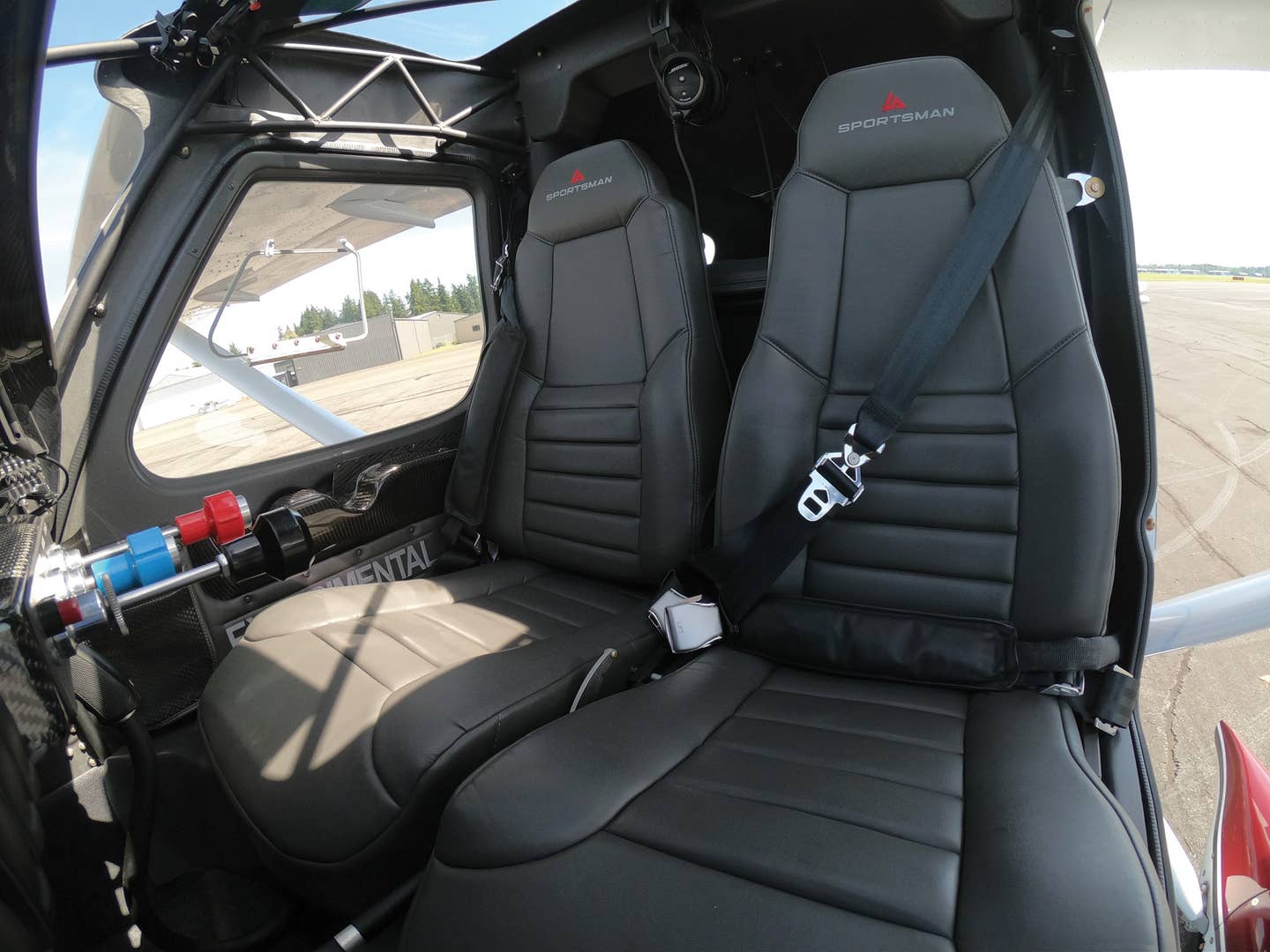
Photos: Frank Ayers
Autopilots, once a relatively rare piece of equipment reserved for high-end GA singles and light twins, are everywhere today.
Each of the major avionics manufacturers offer a sophisticated two-axis autopilot for around $10,000, installed. In aviation speak, anything in this price range should be considered a bargain.
Many of these digital autopilots began life in the homebuilt and light sport aircraft community, where innovation occurs at a faster pace, and costs are about half of their certified brethren. Retrofits for certified airplanes are one of the hottest upgrades in the piston-single market.
These full-feature autopilots bring airline style automation and seamless integration with GPS navigation, as well as concerns about pilot proficiency and the downsides of the technology. So let’s spend a few minutes considering the good, the bad, and the ugly of autopilots.
Background
I will admit it up front that I am a bit of a late bloomer when it comes to autopilots. Like so many baby boomers, I grew up in aviation in the 1970s, an age when basic legacy autopilots were seen as an aid to relieve pilot fatigue, rather than an integral part of the avionics. While earning a private pilot certificate in the Blue Ridge Mountains of Virginia or learning how to fly jets in the plains of west Texas, each of my first 250 hours were flown exclusively by hand.
In those days, Class A airspace was still known as positive control airspace (PCA). Required vertical separation minimums (RVSMs) were at least 30 years away. So, it was perfectly legal and normal to fly the supersonic T-38 get trainer at FL 350 and eight-tenths of the speed of sound, betwixt and between all the airliners. Keep those pitch changes small please.
My first introduction to a full-featured autopilot came in the mighty B-52 Stratofortress. This electronic marvel of the early 1950s featured a large, burled turn knob, which would have looked right at home in any World War II bomber. It was primarily useful for straight and level flight and turns controlled by the pilot, or the radar navigator (bombardier).
It did have an advanced control wheel steering (CWS) function, which worked well enough, reducing structural loads when at very low altitudes or when aerial refueling. However, it relied on transistors, resistors, and a host of other ancient electromechanical components. The primary lesson it taught scores of aviators was to be a bit skeptical of the automation and be ready to take over when the autopilot was having a bad day. Sort of an aviation rendition of the old proverb “trust but verify.”
Analog (Old) Autopilot
If you are in the market for an airplane, and it comes with an autopilot, it is useful to know that not all of them are created equally. I’ve owned two different airplanes, each with older legacy analog autopilots, and while they worked reasonably well, their day in the sun is about done.
These electromechanical wonders usually contain a control head, a rudimentary computer, an attitude/heading source, and a servo for each control surface. They operate by sending varying voltages through the system to move the controls. However, as components age, these analog autopilots begin to lose their calibration.
My first experience with this phenomenon was flying our new-to-us Piper Warrior home from the dealer in Frederick, Maryland, to Upstate New York. The autopilot looked good on the ground, so once headed north, I engaged it. It worked fine for a bit, then gently rocked the wings left and right, and suddenly rolled into 90 degrees of bank. That got my attention. After a long and expensive stay in the local repair shop, the autopilot was less exciting and more predictable, but I never fully trusted it again.
Digital (New) Autopilot
My second experience with analog autopilots led me to part with several thousand hard-earned dollars for a new digital model. Our beautiful Cessna Cardinal came with a Century IIB autopilot from the 1980s. A few years back, it just quit working. Good news, a great avionics shop in Henderson, Nevada, fixed it in a couple of hours.
However, the second time it quit, there were very few avionics shops remaining that could resuscitate it. So, we scraped together 10,000 bucks or so, the absolute minimum entry fee for nearly any panel upgrades these days, and after a bit of shopping installed the Bendix King AeroCruze autopilot. There are many other excellent entrants in this market as well. Our decision was based more on available panel real estate and dealer relationships.
The flight home from the shop was much more successful than that first one in the Piper Warrior. I engaged the autopilot shortly after takeoff, and flew the entire flight, until about 2 miles on final approach, without touching the control yoke. Since they both speak the same digital language, the autopilot integrated with my existing Garmin GPS and flies marvelous, coupled approaches down to its minimum of 700 feet. As a bonus, most digital autopilots come with their own internal attitude heading reference system (AHRS). Color me broke, but happy, a common condition for airplane owners.
To Trim or Not to Trim
One of the decisions you may encounter with a new autopilot installation is manual or electric trim. Each of the leading autopilots will gladly operate an electric elevator trim system. Yet, there is an option to manually trim while the autopilot flies both pitch and roll.
I opted for the latter to keep costs down. However, after flying to and from EAA AirVenture a couple of times, I have become a real convert to the manual trim option. During each of these trips, I let the autopilot fly nearly 90 percent of the time. However, the requirement to keep up with minor trim changes kept me engaged with the airplane, and I have one less electric motor to repair or replace.
These days, I teach cockpit automation to university students using a 737-800 simulation. Even in this simulated environment, the students find themselves wondering where the autopilot is taking them. So, anything we can do to stay engaged with the airplane while “George” is flying may help.
Don’t Let the Autopilot Take You Any Place You Cannot Fly Yourself
Along with staying engaged with what the airplane is doing, it is pretty tempting to let the autopilot do all the work.
A couple thoughts on this. I have decided to fly every other instrument approach by hand. I want to be sure that my own skills do not begin to evaporate as the airplane becomes more capable. The major airlines have recognized this and are also taking steps to ensure pilots are getting more opportunities to hand-fly the jet.
My minimums for GA IFR approaches are much higher than what is printed on the chart. The King AeroCruze has a 700-foot minimum altitude for engagement—and that is just fine with me. If I need an autopilot to get me below that altitude, I might not want to make that approach anyway. So, keep those hand-flying skills sharp. You never know when you may need them.
Know Your Systems Limitations
One of the Jekyll-and-Hyde features of digital equipment is that most require multiple keystrokes on touchscreens to make the GPS and autopilot do their thing. Programming early before the low altitude turbulence is a good start.
Additionally, many GPS/autopilot combinations have limitations on acceptable intercept angles, missed approach sequencing, approach activation steps, and other more complex procedures. Better to understand these early than when your airplane is blissfully flying through the final approach course, while you frantically press buttons.
I am a big fan of rehearsing these sequences of commands on VFR days, as often as possible. Go-arounds are a particularly labor-intensive task that takes a little planning. Both the GPS and the autopilot may need to be programmed rapidly if an unplanned go-around is required. Head down selecting different modes a couple hundred feet above the ground may not be the safest bet. So, plan ahead, be prepared to take over manually if needed, and “fly the airplane.”
A Few Gotchas
After flying with the new digital autopilot for a while, I began to understand that I had a few new things to learn.
First, I updated my checklist to include a second “controls free and correct” check just prior to takeoff. By the book I normally accomplish this check on the run-up pad. However, since I now have two servos attached to my control cables, and it is possible to accidentally engage the autopilot before takeoff, a second check just before takeoff is extra insurance.
Second, I do not engage the autopilot until fully trimmed up and high enough that, if an abrupt pitch down was commanded, I can disengage the autopilot and recover.
Third, during coupled approaches, some autopilots are better than others at adjusting to increased flap settings. Experiment with pitch, power, and flap extension to find the sweet spot for your particular system.
And finally, it can be easier than we think to accidentally disengage the autopilot. Airliners have aural alarms that will wake up a groggy pilot if the autopilot goes on an unplanned vacation. However, down here in GA world, we may not get much warning. Wandering off your altitude due to a lazy autopilot might just earn you a phone call to the approach control facility—or worse.
Old Bold Aviators and the New Generation
A few years ago, I had the opportunity to earn a type rating in the Boeing 757, and it was a revelation. This new Boeing had few if any of the vices that my trusted old friend, the B-52, displayed. The engines are powerful, the controls harmonized, and the autopilot worked flawlessly.
Yet because I had grown up in the days of windup watches, 33 rpm LP records, and analog autopilots, to this day I have a healthy skepticism about these digital wonders. I prefer to stay on guard.
However, as I teach classes full of 20-something aviators, I have to remind myself that they have lived in a digital world since birth. They have always had a smartphone, iPads, and sophisticated cruise control in their cars. They trust the automation to work every time, because for them it always has.
I try to remind them that throughout their careers they will benefit from the “trust but verify” method of autopilot management. Ultimately, I am very happy, yet a bit cautious, with my autopilot, and hope we will all be the same.
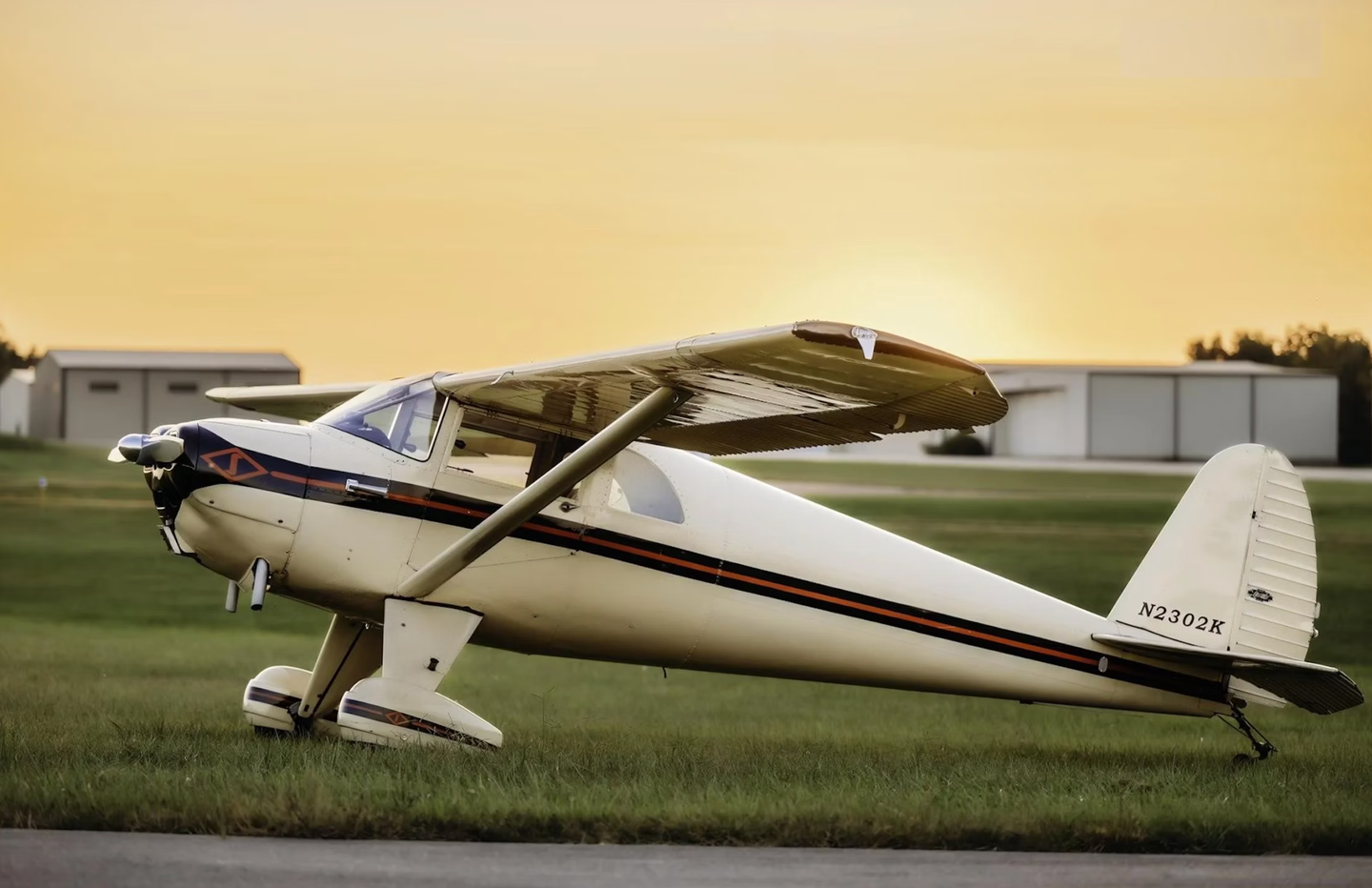
Subscribe to Our Newsletter
Get the latest Plane & Pilot Magazine stories delivered directly to your inbox

